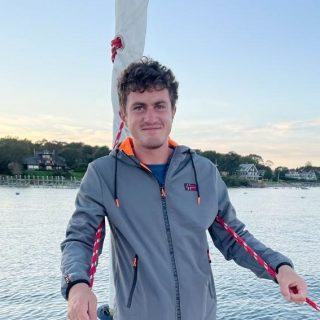Traducción al español disponible a continuación
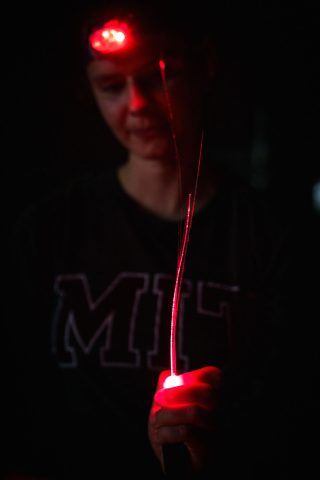
Consider our human sensors, the eyes. Take a look around you, the intensity, color and depth of the features they capture help us better understand the world and our place in it. Despite this perceived acuity, however, our eyes are quite limited in many ways in their ability to sense light. A large portion of the electromagnetic spectrum (e.g., ultraviolet, infrared) and properties such as polarization (orientation) carry useful information about the world around us, yet remain totally invisible to us our human sensors.
Humans have a long history of developing incredible tools to make these invisible properties visible. From clocks for time and sextants for position to the James Webb Space telescope for cosmic background radiation or CERN for our smallest known fundamental particles. These tools and measurements require creativity, innovation, and a deep understanding of the property to be measured (the analyte) and its interactions with the system in which it exists (the environment).
In our case, the mostly dark liquid ocean environment, there is an abundance that is invisible to human senses – setting a challenging context for the development of sensing instrumentation. Some of these constraints include being immersed in a corrosive and electrically conductive substance (seawater), dealing with crushing hydrostatic pressure, and operating in a spatial and temporal environment that is biologically, physically and chemically dynamic. Metals corrode, air compresses under pressure, nothing stays the same, and organisms grow on everything, even our instruments.
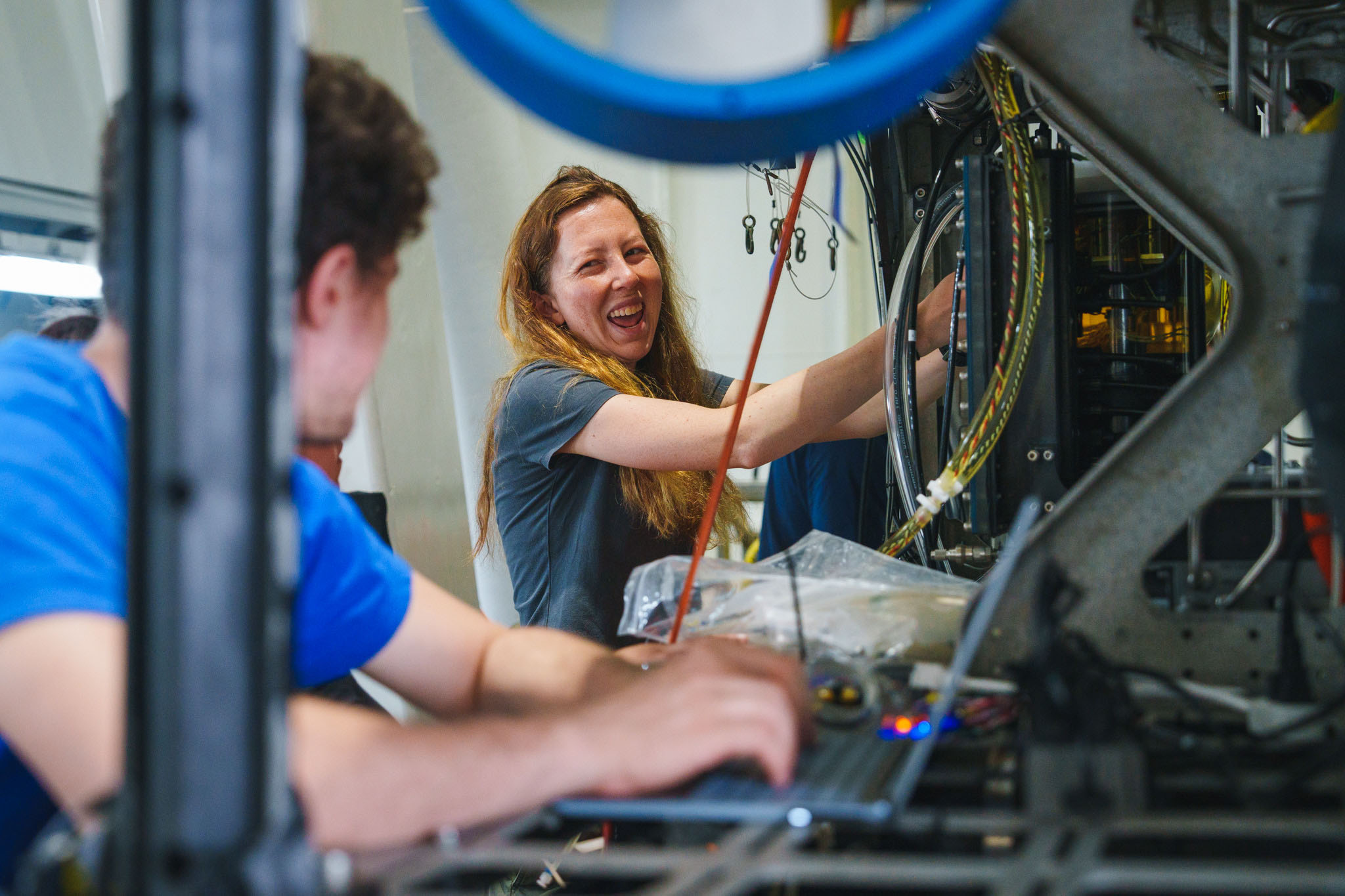
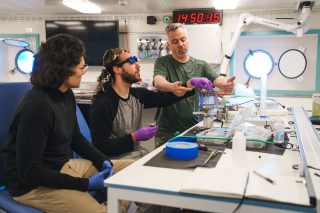
To make measurements in a laboratory requires exceptionally clean technique, high-fidelity equipment, and a thorough understanding of underlying chemical and physical properties. Oceanographic instrumentation adapts these tools and techniques and pushes them to their limits, bringing them to a harsh environment in which they were never intended to operate. Success is a compromise between leveraging the learned experience and best practice of scientists and engineers who went before us and thoughtful innovation.
A centerpiece of our current expedition on the R/V Falkor (too) is the use of a developmental chemical sensor (SOLARIS) designed to make measurements in the ocean of a fleetingly scarce compound called superoxide, a reactive oxygen species. SOLARIS utilizes the property chemiluminescence, a chemical reaction that produces light. Analysis involves mixing a chemical reagent with the seawater to be analyzed, after which a reaction occurs and produces light proportional to the level of superoxide. Measuring this light with a highly sensitive optical detector, a photon counting photomultiplier, we can very precisely determine how much superoxide is in the environment. Peristaltic pumps dispense reagents and seawater, which are encased in housings filled with (incompressible) oil to protect them from the corrosive environment. Electronics are encased in hermetically sealed pressure vessels held at atmospheric pressure to protect them from both the seawater and hydrostatic pressure, allowing operation to depths of up to 4500 meters, corresponding to pressures of greater than 400 atmospheres.
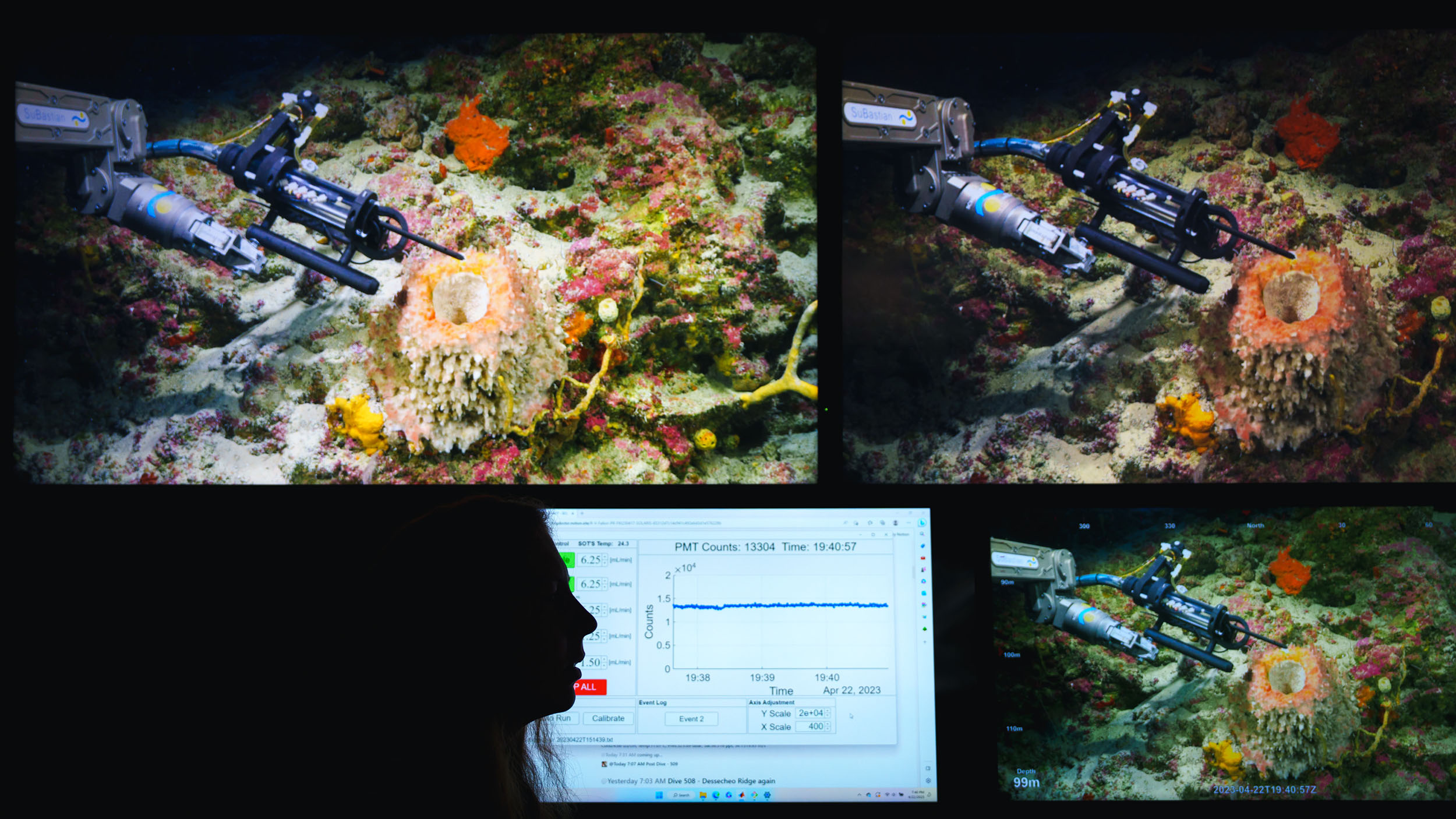
The engineering complexity of SOLARIS is a consequence of the environment in which it operates, but SOLARIS enables us to bring the high-precision analyses of our chemistry labs to the ocean to better understand the chemical dynamics of reactive oxygen – features that have otherwise remained imperceivable to humans. As ocean chemists and engineers, we are driven to understand the underlying nature and dynamics of the ocean. SOLARIS helps us understand these otherwise invisible characteristics better. With each measurement we learn something new about SOLARIS and more importantly, about our ocean.
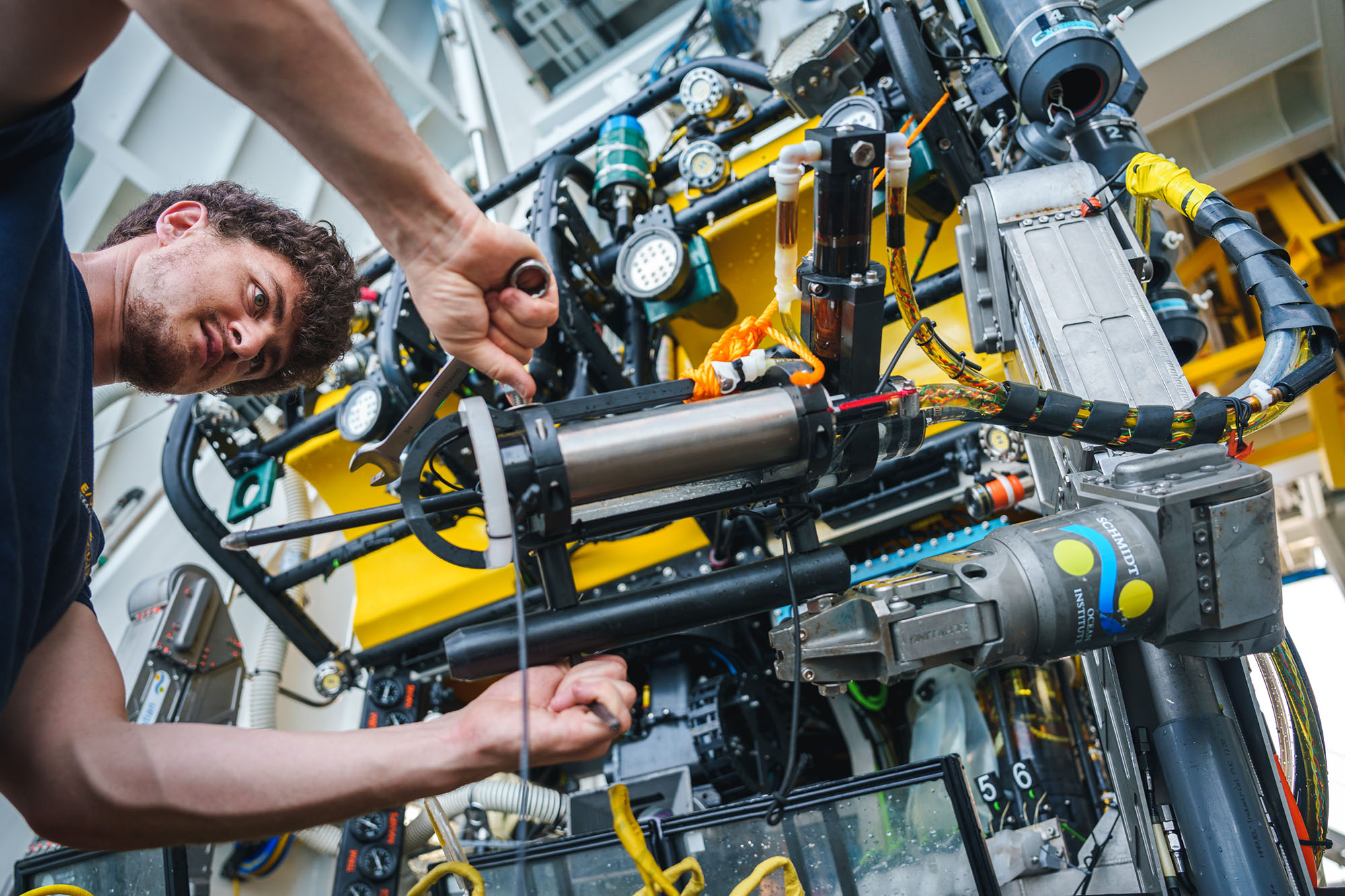
Sensores Oceánicos de Ingeniería
Pensemos en nuestros sensores humanos, los ojos. La intensidad, el color y la profundidad de las características que captan nos ayudan a comprender mejor el mundo y nuestro lugar en él. Sin embargo, a pesar de esta agudeza percibida, nuestros ojos están bastante limitados en muchos aspectos en su capacidad para percibir la luz. Una gran parte del espectro electromagnético (por ejemplo, el ultravioleta o el infrarrojo) y propiedades como la polarización (orientación) contienen información útil sobre el mundo que nos rodea, pero siguen siendo totalmente invisibles para nuestros sensores humanos.
Los humanos tienen una larga historia de desarrollo de herramientas increíbles para hacer visibles estas propiedades invisibles. Desde relojes para medir la hora y sextantes para determinar la posición, hasta el telescopio espacial James Webb para detectar la radiación cósmica de fondo o el CERN para detectar las partículas fundamentales más pequeñas que conocemos. Estas herramientas y mediciones requieren creatividad, innovación y un profundo conocimiento de la propiedad que se quiere medir (el analito) y sus interacciones con el sistema en el que existe (el entorno).
En nuestro caso, el entorno oceánico líquido, en su mayor parte oscuro, existe una abundancia que es invisible a los sentidos humanos, lo que establece un contexto desafiante para el desarrollo de la instrumentación de detección. Algunas de estas limitaciones son la inmersión en una sustancia corrosiva y conductora de la electricidad (el agua de mar), la presión hidrostática aplastante y el funcionamiento en un entorno espacial y temporal biológica, física y químicamente dinámico. Los metales se corroen, el aire se comprime bajo presión, nada permanece igual y los organismos crecen en todo, incluso en nuestros instrumentos.
Realizar mediciones en un laboratorio requiere una técnica excepcionalmente limpia, equipos de alta fidelidad y un profundo conocimiento de las propiedades químicas y físicas subyacentes. La instrumentación oceanográfica adapta estas herramientas y técnicas y las lleva a sus límites, sometiéndolas a un duro entorno para el que nunca fueron concebidas. El éxito es un compromiso entre el aprovechamiento de la experiencia adquirida y las mejores prácticas de los científicos e ingenieros que nos precedieron y la innovación reflexiva.
Una pieza central de nuestra actual expedición en el R/V Falkor(too) es el uso de un sensor químico en desarrollo (SOLARIS) diseñado para realizar mediciones en el océano de un compuesto fugazmente escaso llamado superóxido, una especie reactiva del oxígeno. SOLARIS utiliza la propiedad quimioluminiscencia, una reacción química que produce luz. El análisis consiste en mezclar un reactivo químico con el agua de mar que se desea analizar, tras lo cual se produce una reacción que produce luz proporcional al nivel de superóxido. Midiendo esta luz con un detector óptico muy sensible, un fotomultiplicador de recuento de fotones, podemos determinar con gran precisión cuánto superóxido hay en el medio ambiente. Las bombas peristálticas dispensan los reactivos y el agua de mar, que están encerrados en carcasas llenas de aceite (que no se comprime) para protegerlos del ambiente corrosivo. Los componentes electrónicos están encerrados en recipientes a presión herméticamente sellados y mantenidos a presión atmosférica para protegerlos tanto del agua de mar como de la presión hidrostática, lo que permite su funcionamiento a profundidades de hasta 4500 metros, correspondientes a presiones superiores a 400 atmósferas.
La complejidad de ingeniería de SOLARIS es consecuencia del entorno en el que opera, pero SOLARIS nos permite llevar al océano los análisis de alta precisión de nuestros laboratorios de química para comprender mejor la dinámica química del oxígeno reactivo, características que de otro modo han permanecido imperceptibles para el ser humano. Como químicos e ingenieros oceánicos, nuestro objetivo es comprender la naturaleza y la dinámica subyacentes del océano. SOLARIS nos ayuda a comprender mejor estas características, que de otro modo serían invisibles. Con cada medición aprendemos algo nuevo sobre SOLARIS y, lo que es más importante, sobre nuestro océano.
